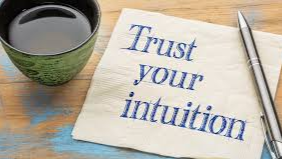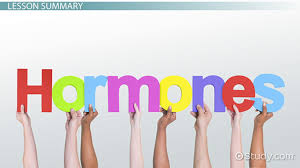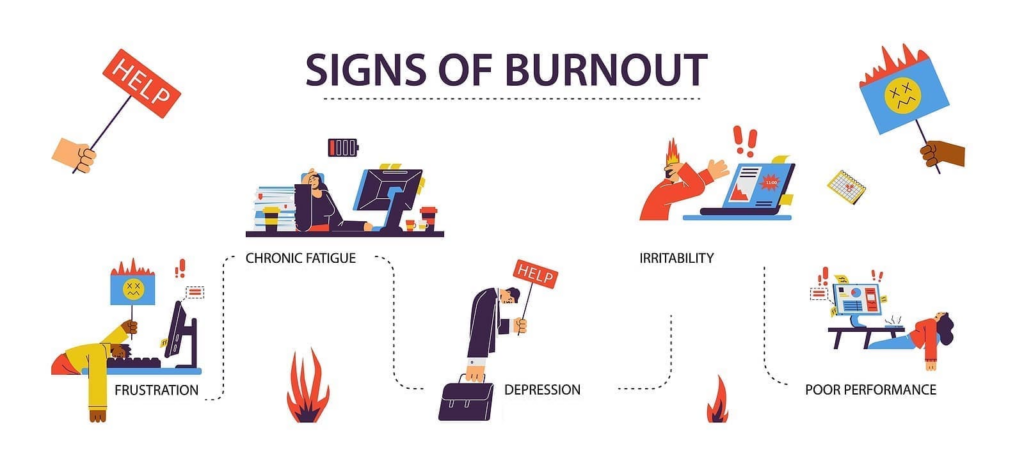
In the corporate world, there are countless written rules, policies, and procedures to guide employees and executives. However, what is often left unspoken are the unwritten rules—those implicit expectations and standards that women in leadership positions must navigate. These invisible standards can create immense pressure and challenge, adding a layer of complexity to the already demanding role of an executive.
Women in executive positions are often held to different standards than their male counterparts, facing a unique set of expectations that aren’t always clearly defined but are constantly felt. These unwritten rules can hinder progress, foster stress, and even lead to burnout. Understanding these expectations—and how to confront them—is crucial for women who aspire to lead with authenticity and confidence.
1. The Need for Perfection: The Impossible Standard
One of the most pervasive unwritten rules for women in executive roles is the expectation of perfection. Women are often expected to not only meet but exceed the professional standards of their male counterparts, without showing any signs of weakness or mistake. In a way, their every move is scrutinized, with a heightened emphasis on their competence, demeanor, and decision-making.
Unlike men, who may be allowed more leeway in making errors or showing vulnerability, women often feel that a single misstep could be used against them. The pressure to meet an ideal of perfection can be overwhelming and contribute to stress and burnout. Women are expected to perform at the highest level while maintaining an immaculate personal appearance, balancing family and career, and being emotionally resilient—all at the same time.
2. The “Likeability” Trap: Balancing Authority and Warmth
Another invisible standard women executives face is the expectation to be both authoritative and warm simultaneously. While men in leadership positions are often seen as strong, assertive, and direct, women are frequently held to a different standard. If they exhibit the same behaviors, they are perceived as bossy, abrasive, or unlikeable. Women leaders are expected to maintain a fine balance between being assertive and approachable.
This “likeability” trap is one of the most insidious unwritten rules that women face. In an attempt to assert themselves, women risk being labeled negatively, while showing too much warmth or vulnerability can result in being perceived as weak or indecisive. The challenge is to navigate these contradictory expectations without compromising one’s true leadership style.
3. The “Invisible” Leader: Having to Prove Worth Constantly
For women executives, the bar for proving their worth is often set much higher than for their male counterparts. While men may be given the benefit of the doubt, women are frequently required to demonstrate their abilities and worth repeatedly. Despite their accomplishments and qualifications, women in leadership positions may find themselves overlooked or doubted, particularly in male-dominated industries.
This constant need to prove themselves can be exhausting. Whether it’s having to constantly reaffirm their expertise in meetings, being interrupted more frequently, or having their ideas taken less seriously, women executives are often in a perpetual state of proving their competence. This dynamic not only undermines their authority but also limits their ability to focus on higher-level strategic work.
4. The Overachiever Phenomenon: Always Going Above and Beyond
Many women executives feel the pressure to “do it all”—to be the overachiever who excels in all areas of life. This includes being an exceptional leader at work, a nurturing caregiver at home, and a perfect friend and colleague. While this expectation is often internalized, it is also a societal standard that women feel they must live up to in order to be seen as successful.
This overachiever mentality can lead to burnout, as it becomes nearly impossible to meet every expectation placed upon them. Women are often expected to take on more than their fair share of responsibilities, both at work and at home, and there’s a fear of letting anyone down. However, this constant push to go above and beyond can leave women feeling exhausted and unfulfilled, as they struggle to meet standards that are unrealistic and unsustainable.
5. The Fear of Being “Too Ambitious”: The Double-Edged Sword
Another invisible rule that women executives often encounter is the fear of being labeled “too ambitious.” In the corporate world, ambition is generally seen as a positive trait, but for women, expressing strong ambition can sometimes come with negative connotations. Women who are outspoken about their career aspirations or who push hard to climb the corporate ladder may be labeled as aggressive, power-hungry, or even “unfeminine.”
On the other hand, if women aren’t assertive enough in expressing their ambition or advancing their careers, they may be seen as lacking drive or leadership potential. This balancing act creates a situation where women executives are continuously walking a fine line, unsure of how their ambition will be perceived by their peers and subordinates.
Breaking the Silence: Moving Beyond Unwritten Rules
The unwritten rules that women executives are expected to follow are deeply ingrained in corporate cultures, but that doesn’t mean they can’t be challenged. Recognizing these invisible standards is the first step in dismantling them. Women in leadership positions must become advocates for themselves, setting boundaries and redefining what leadership looks like for them, without succumbing to the pressure of fitting into someone else’s mold.
Organizational change is also necessary. Companies must foster inclusive environments that allow women to lead authentically and without fear of judgment. Encouraging mentorship, promoting diversity in leadership roles, and addressing gender biases are essential steps in breaking down the invisible standards that limit women’s potential.
For women executives, breaking free from these unwritten rules may not happen overnight, but by acknowledging their existence and confronting them head-on, women can begin to lead in a way that is true to themselves, paving the way for future generations of women leaders.
#WomenInLeadership #MasculineAndFeminine #TROTF #DennisRoberts
Helping Executive Women Reduce Stress, Prevent Fatigue & Avoid Burnout
📩 Follow me for more insights or send me a message to connect!









